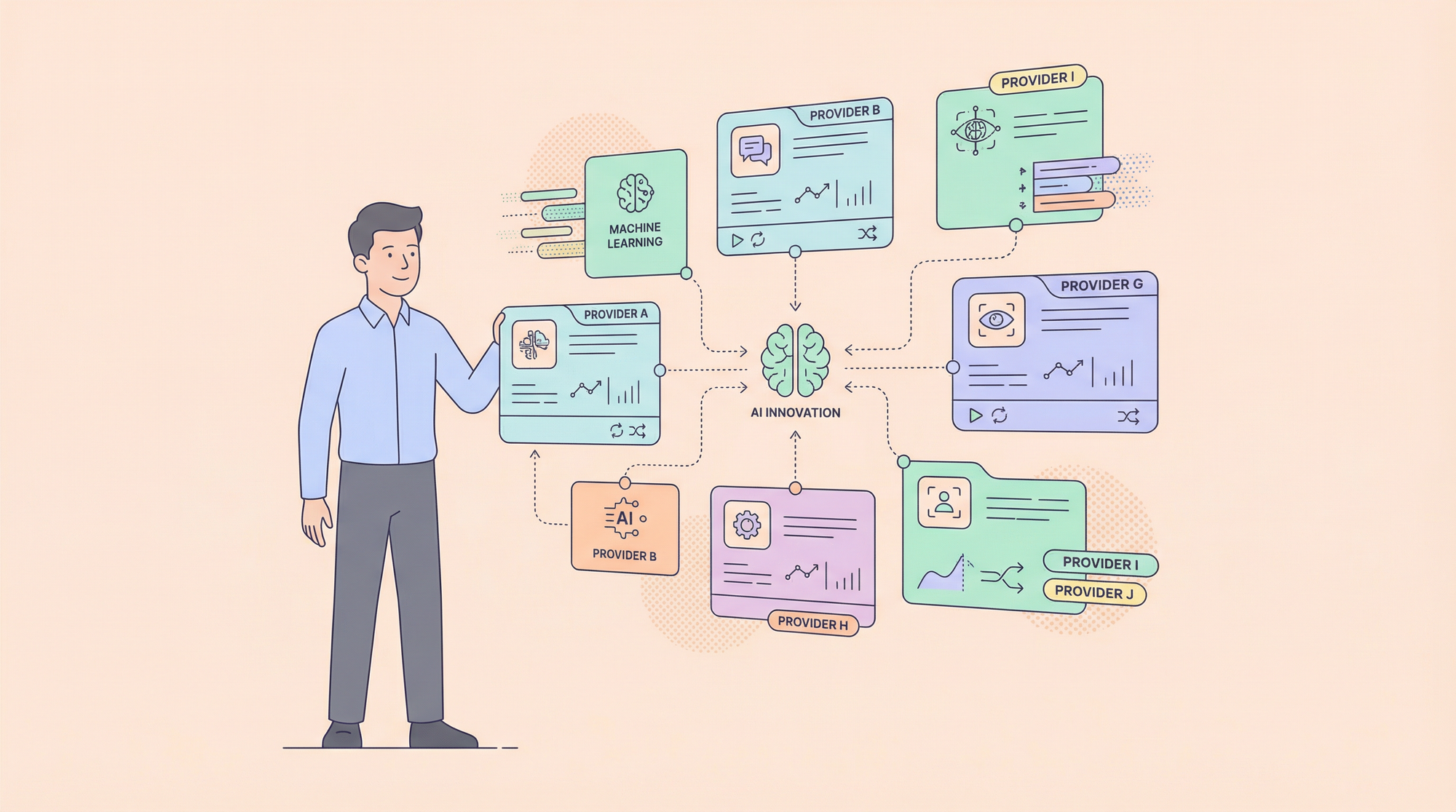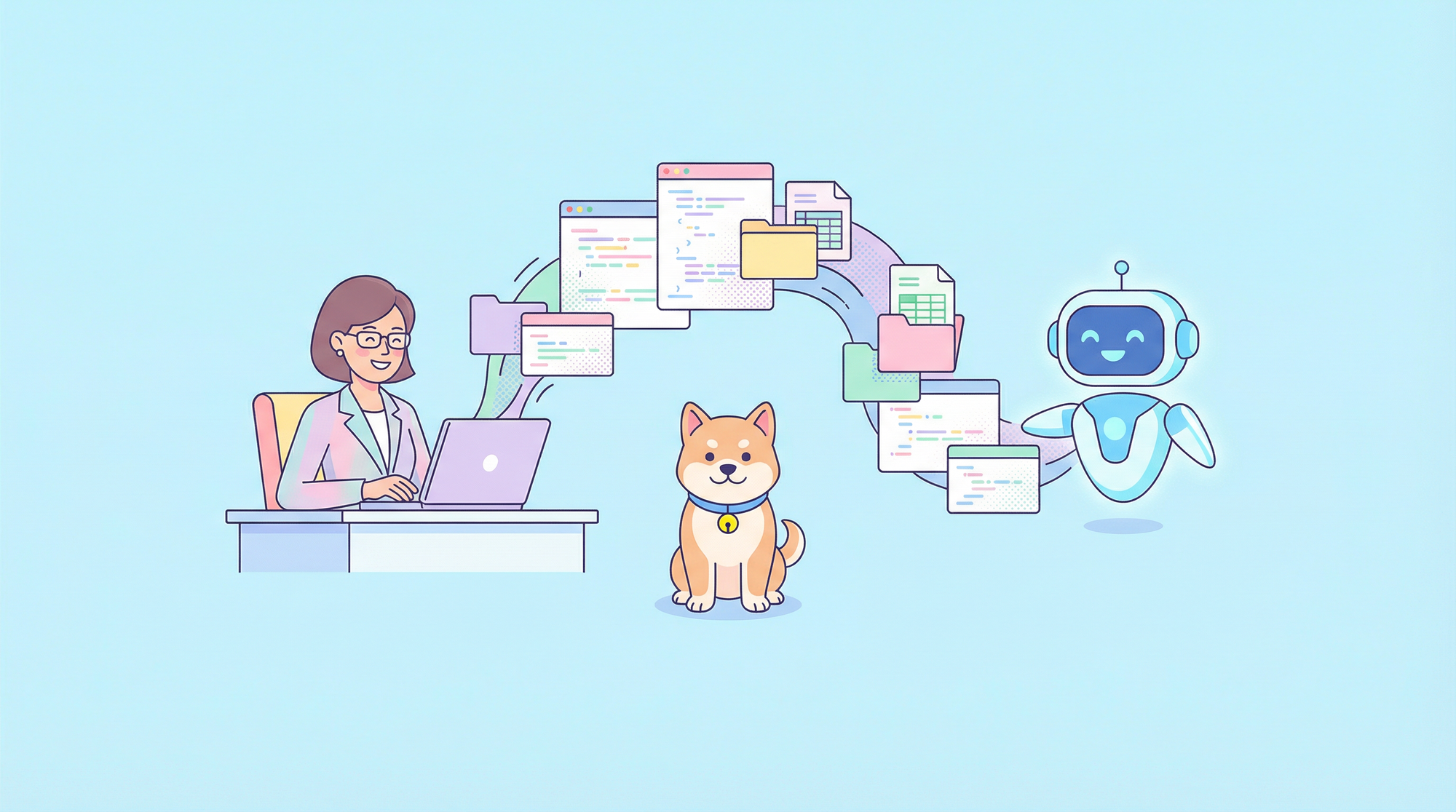In the realm of software development, Application Programming Interface (API) design stands as a crucial pillar, orchestrating the seamless exchange of data and functionalities between disparate systems.
But what exactly does API design component, and how can developers navigate this intricate landscape to craft effective and robust APIs? Let's embark on a journey to explore the nuances of API design, from its pattern, and foundational principles to practical implementation strategies.
What does API design mean?
API design encompasses the art and science of conceptualizing, defining, and structuring the API through which software components interact and communicate. It involves making strategic decisions about endpoints, data formats, authentication mechanisms, and other key aspects that govern the interaction between clients and servers.
Design-First Pattern: Pioneering a Strategic Approach
API design patterns provide standardized solutions to recurring challenges in API development. These patterns act as blueprints, guiding developers in creating APIs that are not only functional but also reliable and maintainable.
Here are the types of API design patterns:
- RESTful API
- RPC API
- SOAP API
- GraphQL API
- Hypermedia API
- Event-driven API
- Message Queue API
Check this article to learn more:

Design-First Principles: Guiding Lights in API Crafting
Design-first principles serve as guiding lights in the API design process, steering developers toward best practices and optimal outcomes. These principles emphasize the importance of simplicity, consistency, scalability, security, and user experience, ensuring that APIs are not only functional but also robust, maintainable, and developer-friendly.
What is an Example of an API?
An illustrative example of an API is the Twitter API, which allows developers to access and interact with Twitter's functionalities programmatically. Through endpoints like "tweets/search" and "statuses/update," developers can retrieve tweets, post new tweets, and perform various other operations, empowering them to integrate Twitter's features into their applications.
How to Do Good API Design?
Good API design hinges on a combination of strategic planning, adherence to best practices, and a deep understanding of user needs. Here are some key steps to ensure good API design:
- Define Clear Use Cases: Start by clearly defining the use cases and requirements of the API, considering the needs of both developers and end-users.
- Follow RESTful Principles: Adhere to RESTful principles to promote simplicity, scalability, and interoperability in API design.
- Prioritize Developer Experience: Prioritize developer experience by providing comprehensive documentation, intuitive interfaces, and developer-friendly features.
- Ensure Security: Implement robust authentication and authorization mechanisms to safeguard API endpoints and protect sensitive data.
- Iterate and Refine: Continuously iterate on the API design based on user feedback, usability testing, and evolving business requirements.

Apidog: A Cutting-Edge Design-First Tool
To aid developers in embracing the design-first approach, Apidog emerges as a powerful ally in the realm of API crafting. With its intuitive interface, collaborative features, and robust design capabilities, Apidog empowers developers to design, mock, and test APIs seamlessly.

With just one click, you can effortlessly share your documentation with your team, streamlining communication and collaboration processes. Whether conceptualizing new APIs or refining existing ones, Apidog provides a comprehensive suite of tools to streamline the design process and foster collaboration among team members.
Conclusion
In conclusion, API design is a multifaceted endeavor that requires careful planning, adherence to best practices, and a relentless focus on user needs. By embracing design-first principles, leveraging cutting-edge tools like Apidog, and fostering a culture of collaboration, developers can craft APIs that not only meet functional requirements but also drive innovation and empower seamless integration in the digital ecosystem.
Recommend Article:





